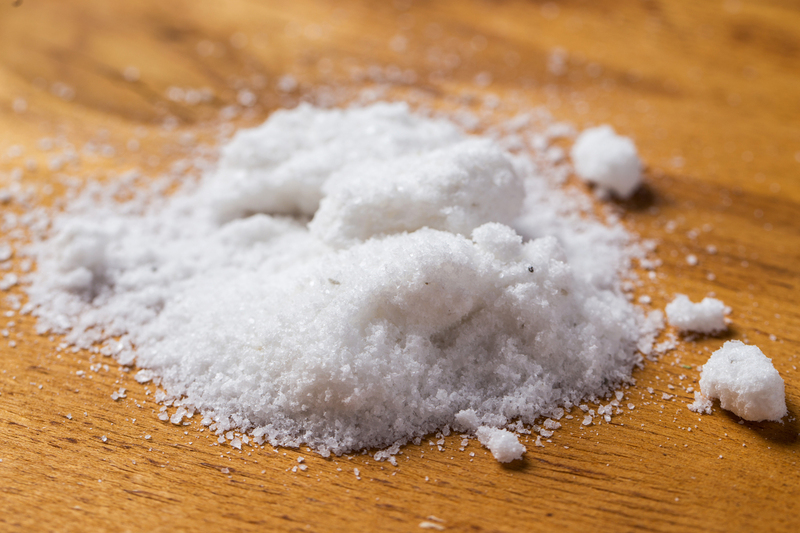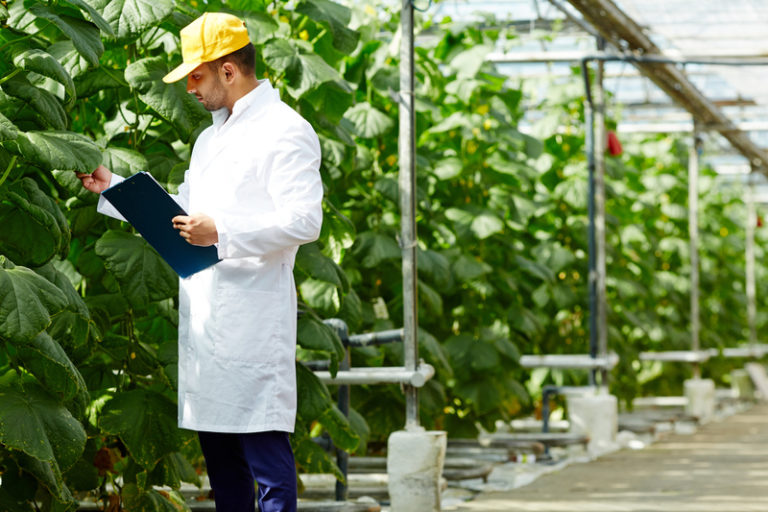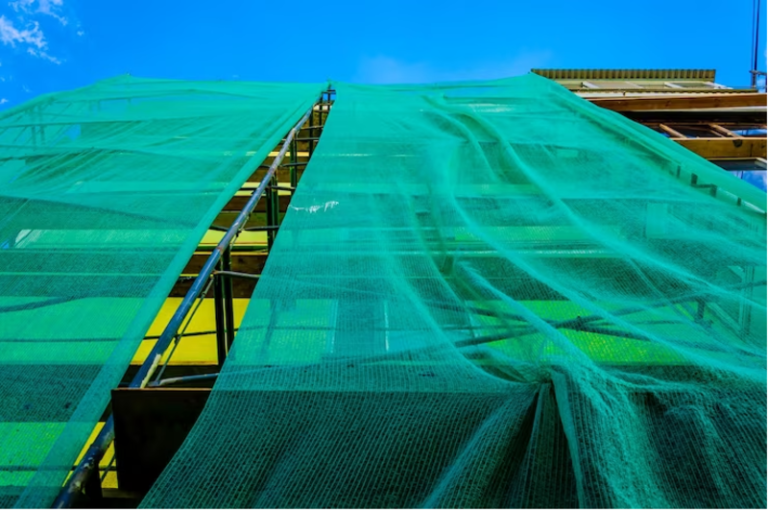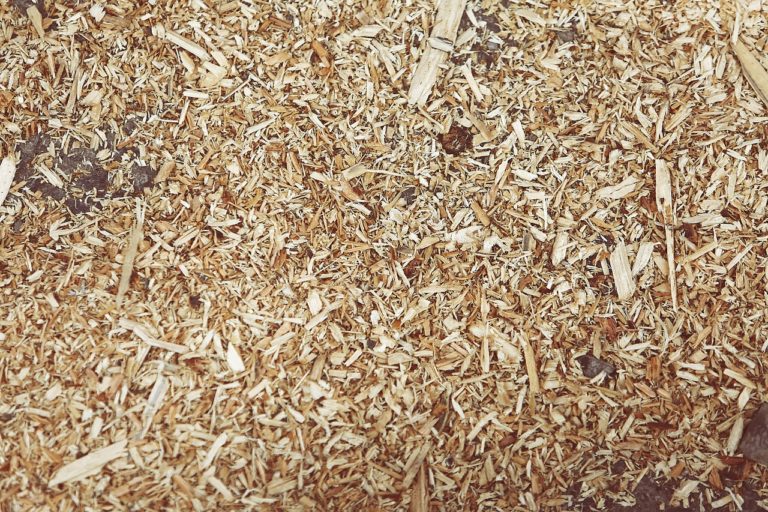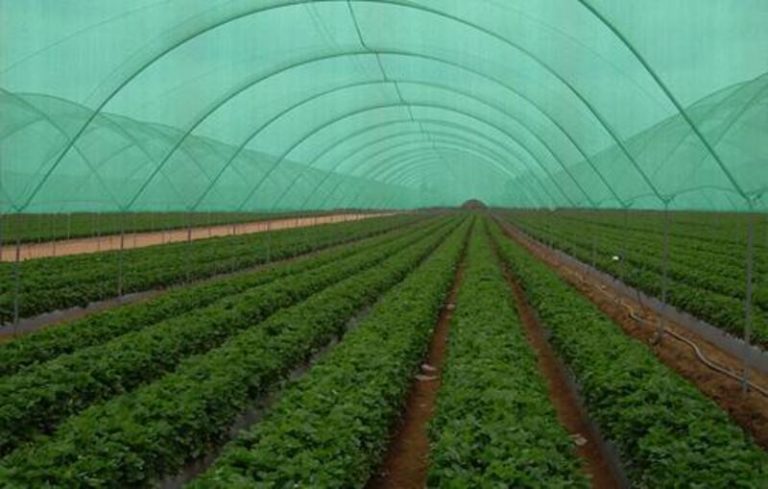Potassium Polyacrylate: A Game-Changer for Drought-Prone Agriculture
Potassium Polyacrylate is a hydrogel polymer that has changed farming in the last few years. It is a great water-holding agent that can soak up and hold a lot of water and nutrients and slowly give them to the plant roots over time.
This makes it an ideal choice for drought-prone regions where water is scarce and irrigation is not always possible.
In this article, we will discuss the benefits of potassium polyacrylate in agriculture and its impact on crop yield.
What is Potassium Polyacrylate?
Potassium Polyacrylate is a water-absorbing polymer made from polyacrylic acid and potassium hydroxide. It is a white, odorless, and non-toxic powder that can absorb water up to several hundred times its own weight.
It is a white, odorless, and non-toxic powder that can absorb water up to several hundred times its own weight. This gel-like substance gradually releases water and nutrients to the plant roots, thereby reducing water and fertilizer usage in agriculture.
Benefits of Potassium Polyacrylate in Agriculture
Increased Water Retention Capability:
Potassium Polyacrylate can hold and absorb up to 400 times its own weight in water. This means that even in drought-prone regions, crops can survive and thrive with less water.
Enhanced Fertilizer Retention:
Potassium Polyacrylate can also absorb and retain nutrients such as nitrogen, phosphorus, and potassium. This means that fertilizers can be used more efficiently, reducing the amount of fertilizer needed for crop growth.
Increased Crop Yield:
With the help of potassium Polyacrylate, plants can get a steady supply of water and nutrients, which helps them grow more and better food.
Reduced Water Usage:
Potassium Polyacrylate reduces water usage in agriculture by improving water retention capacity. This is especially crucial in countries where water is scarce or where irrigation is impossible.
Reduced Fertilizer Usage:
Potassium Polyacrylate also reduces the amount of fertilizer needed because it keeps nutrients in the soil and slowly gives them to plants. This means that less fertilizer is needed to achieve the same yield.
Improved Soil Quality:
Potassium Polyacrylate improves soil quality by reducing erosion and improving soil structure. It also helps to reduce soil compaction, which can hinder plant growth.
Reduced Environmental Impact:
Potassium Polyacrylate is good for the environment because it uses less water and fertilizer. It reduces the amount of fertilizer runoff into water sources and helps to conserve water resources.
Applications of Potassium Polyacrylate in Agriculture
Crop Production:
Potassium Polyacrylate can be put on the soil directly when planting or mixed with the water used to water the plants. This ensures that the crops have access to a consistent supply of water and nutrients, leading to increased yield and better quality produce.
Landscaping:
In landscaping projects, potassium Polyacrylate can be used to improve the soil’s water retention capacity. This can help reduce water usage and improve the health of plants and trees.
Soil Stabilization:
Potassium Polyacrylate can be used to stabilize soil in erosion-prone areas. When mixed with the soil, it forms a gel-like substance that helps hold the soil together, reducing the risk of erosion.
Hydroseeding:
Potassium Polyacrylate is often used in hydroseeding, which is a way to plant grass and other plants on slopes and other hard-to-reach places. The polymer helps keep water and nutrients in the soil, which helps seeds grow faster and better.
Nursery Production:
Potassium Polyacrylate can be used in nursery production to improve plant growth and reduce water and fertilizer usage.
How to Use Potassium Polyacrylate in Agriculture
Determine the Amount Needed:
How much potassium Polyacrylate is needed depends on the type of soil, the weather, and the type of crop. A soil analysis can help determine the optimal dosage for a specific field.
Prepare the Soil:
The soil should be tilled and cleared of debris before adding the potassium polyacrylate. The polymer can be mixed with the soil during planting or applied to the surface and tilled in.
Apply the Potassium Polyacrylate:
The polymer should be spread evenly on the surface of the soil or mixed with the water used to water the plants. It is important to follow the recommended dosage to avoid overapplication.
Monitor the Plants:
Keeping an eye on how plants grow and how much water is in the soil can help you figure out how well potassium polyacrylate is working. Adjustments can be made to the application rate as needed.
Challenges in Using Potassium Polyacrylate:
Cost:
The cost of Potassium Polyacrylate can be high, especially for large-scale agricultural applications. However, the long-term benefits of improved crop yield and reduced water and fertilizer usage can outweigh the initial investment.
Compatibility With other Inputs:
Potassium Polyacrylate may not be compatible with certain herbicides or pesticides. It is important to consult with a crop consultant or agronomist before applying the polymer to avoid negative interactions.
Application Method:
The effectiveness of Potassium Polyacrylate can depend on the application method. It is important to use the recommended application method for the specific crop and field.
Environmental Impact:
Even though Potassium Polyacrylate can save water and fertilizer, it is important to make sure that the polymer doesn’t hurt the environment. Careful monitoring of runoff and soil composition can help minimize the environmental impact.
Conclusion
Potassium Polyacrylate is an innovative solution to the challenges of agriculture in drought-prone regions. Its ability to retain water and nutrients, reduce water and fertilizer usage, and improve soil quality has made it a popular choice among farmers and growers.
While there are challenges to using the polymer, careful monitoring and application can help maximize its benefits. As agriculture continues to face the challenges of climate change and water scarcity, potassium polyacrylate offers a promising solution for sustainable crop production.
Also Read:
Pollinators: How These Tiny Creatures are Vital for Agriculture and Our Food Supply

